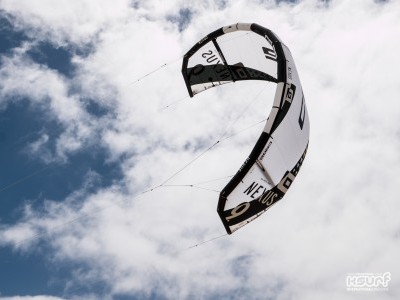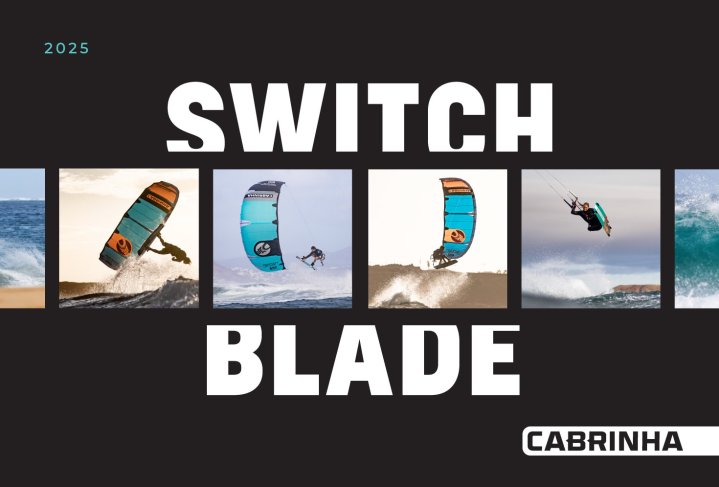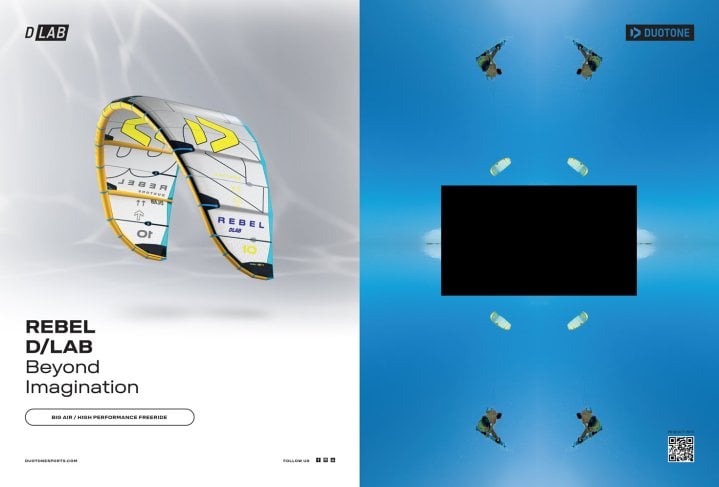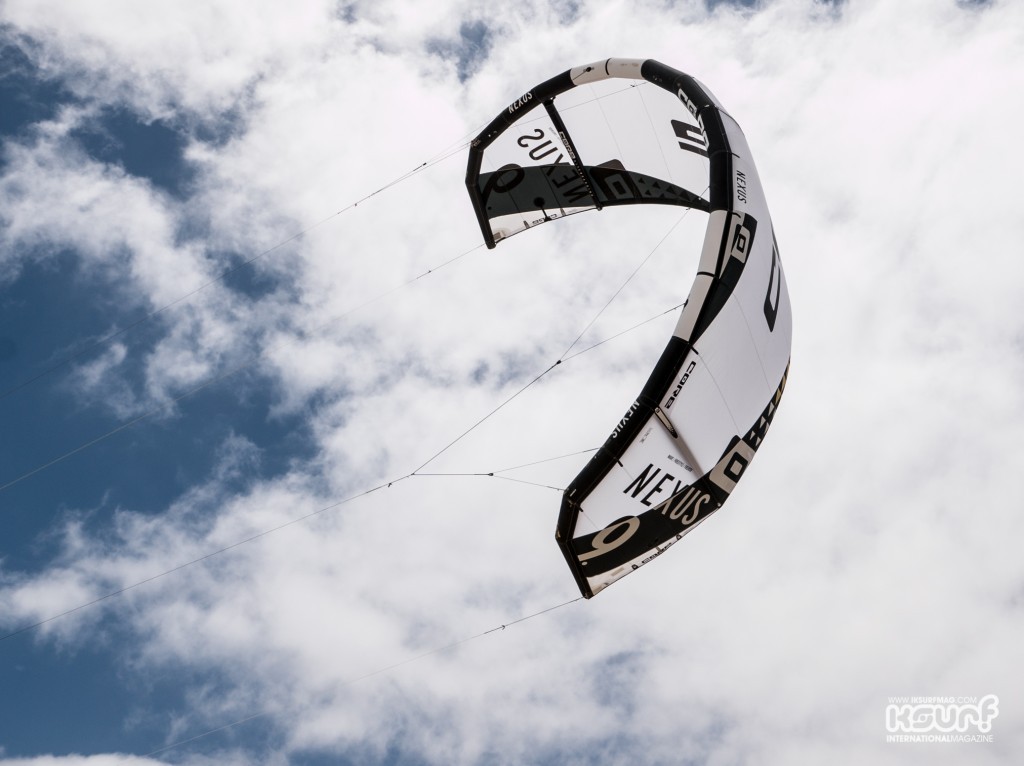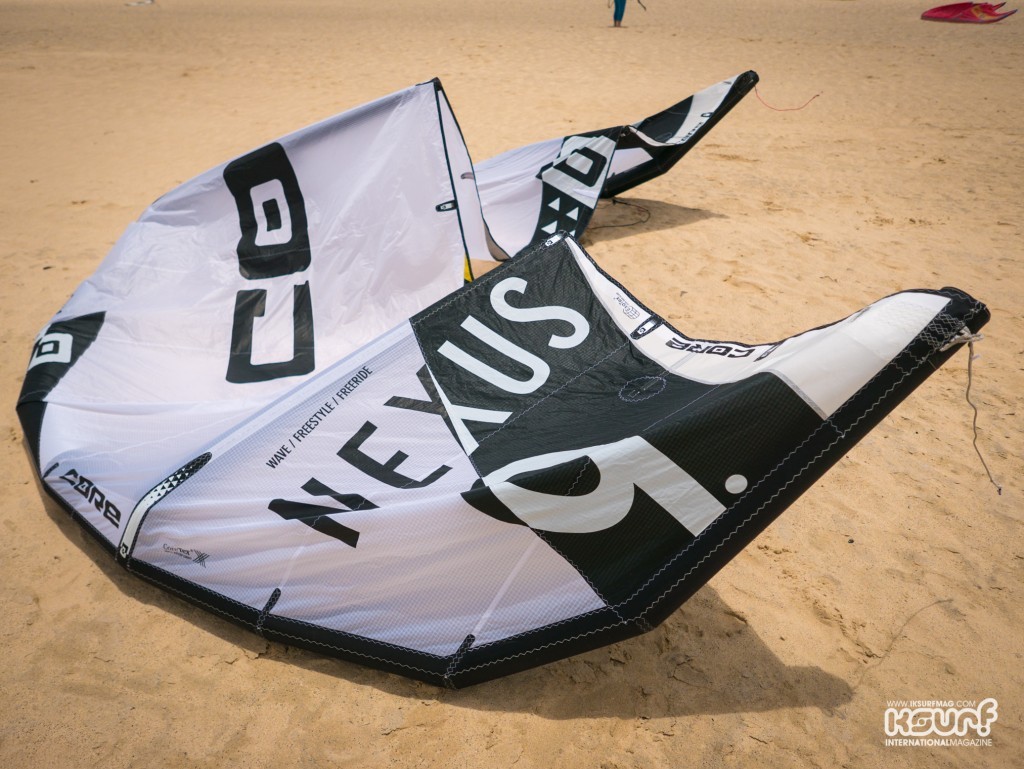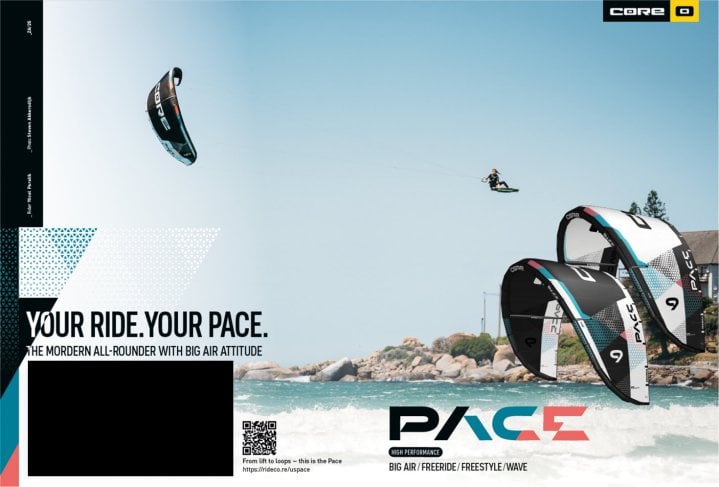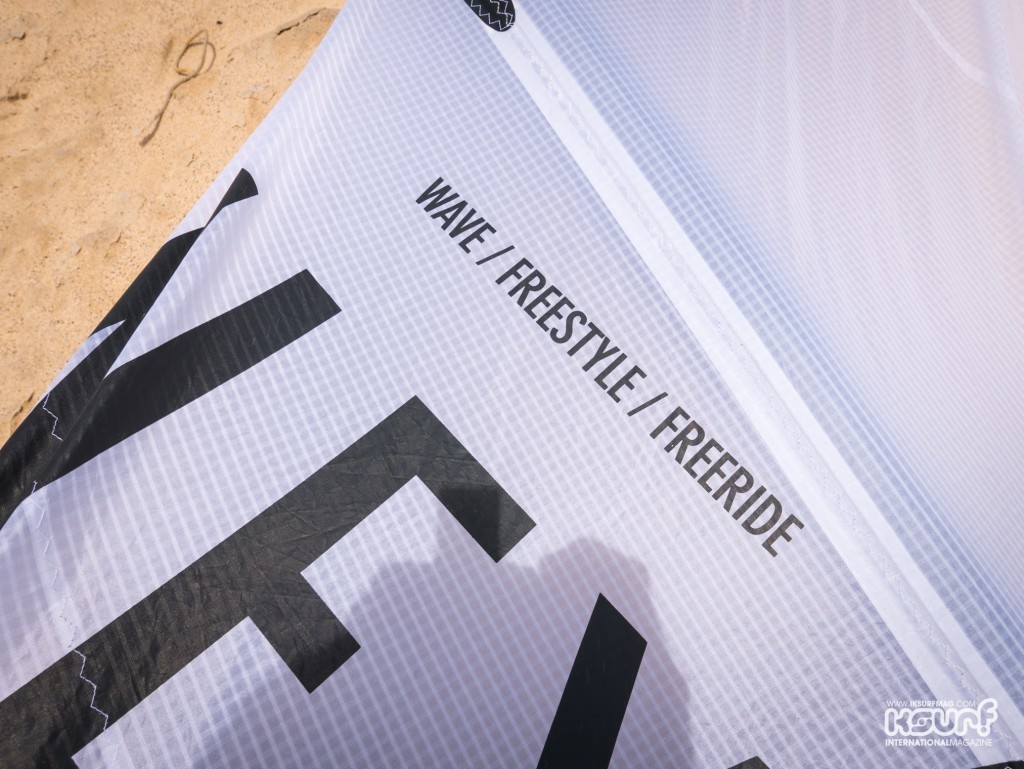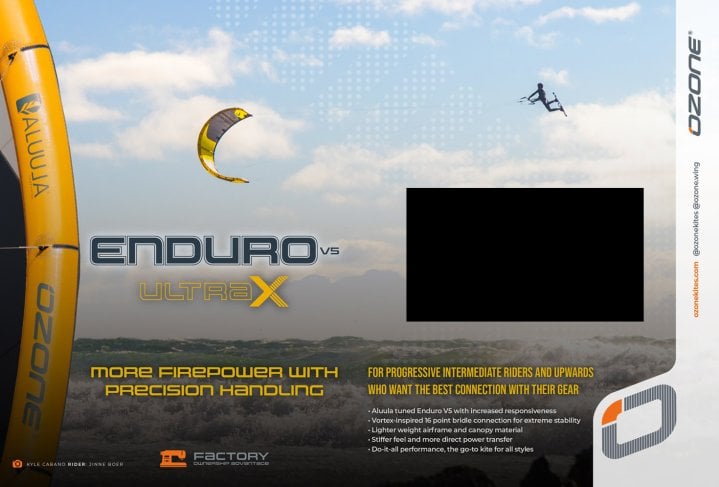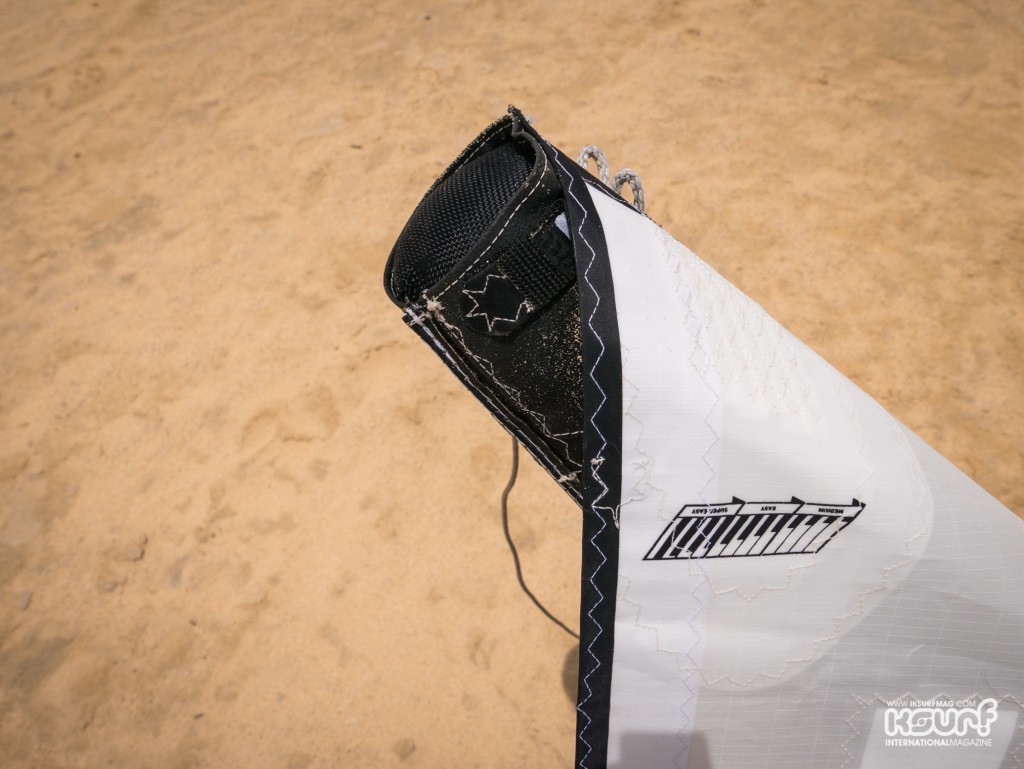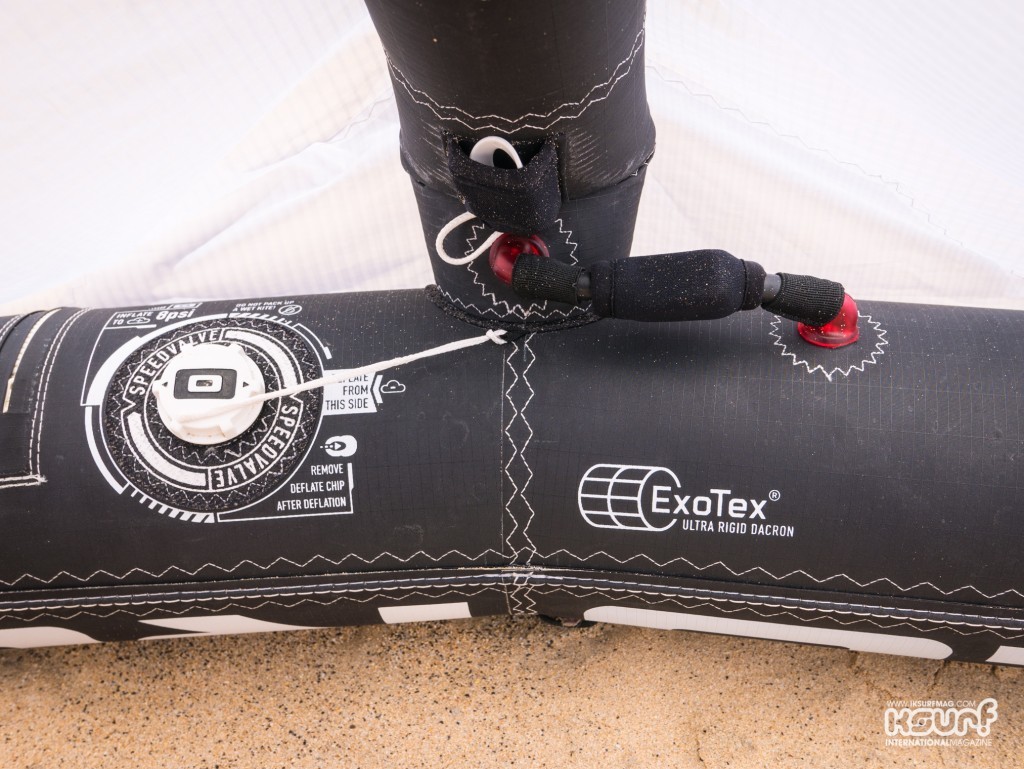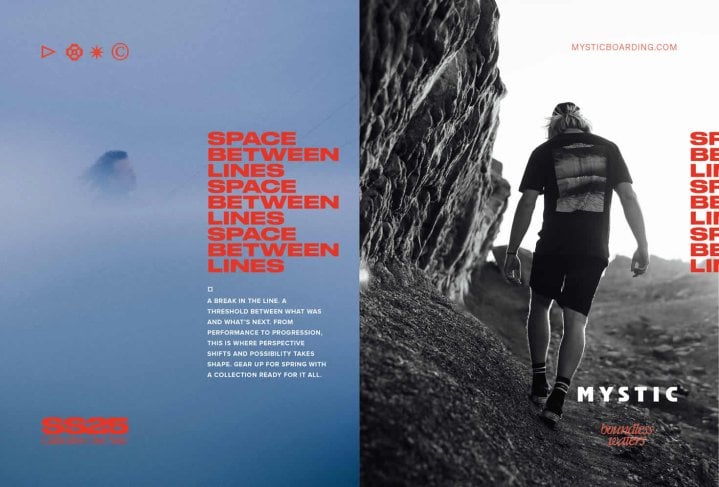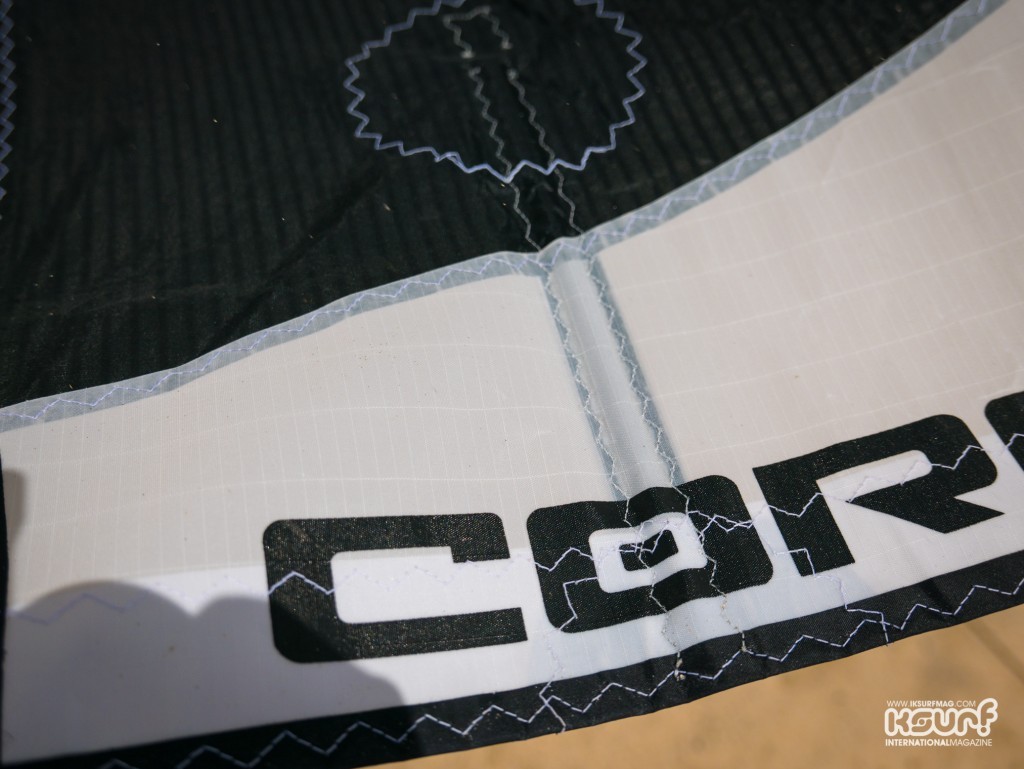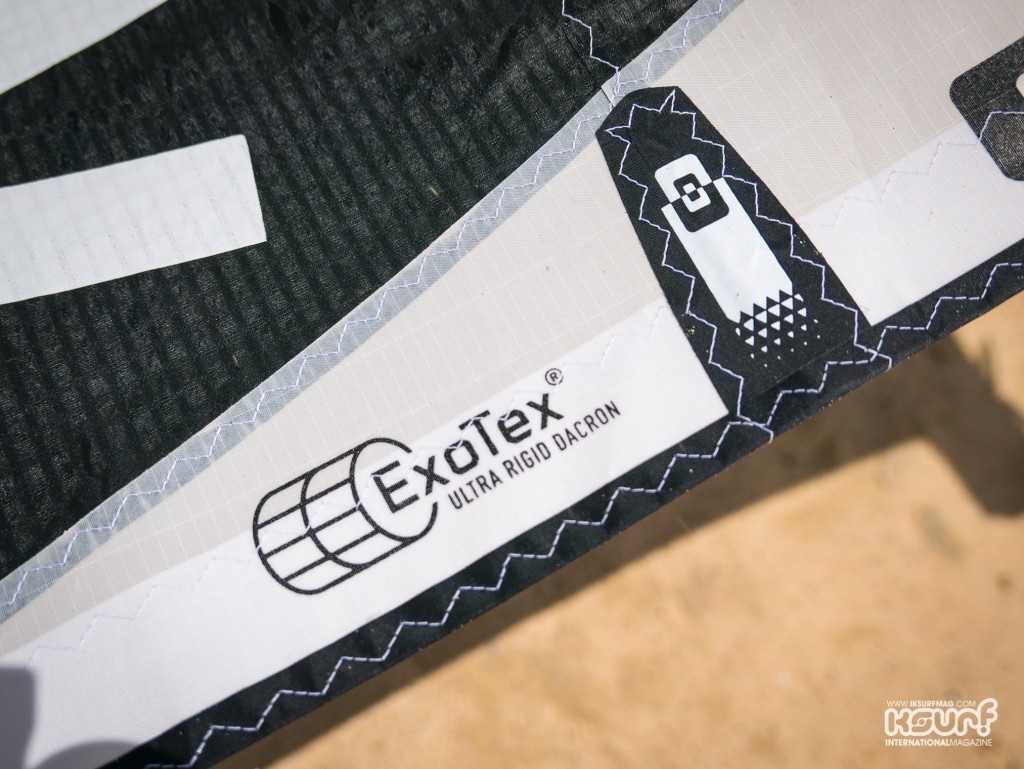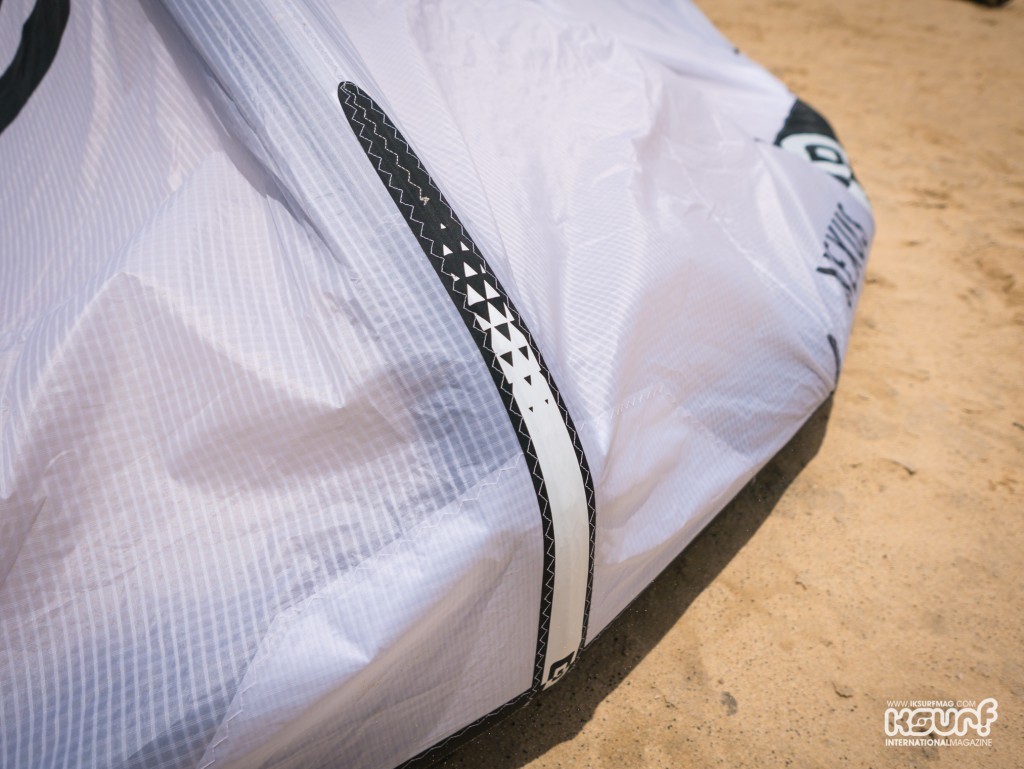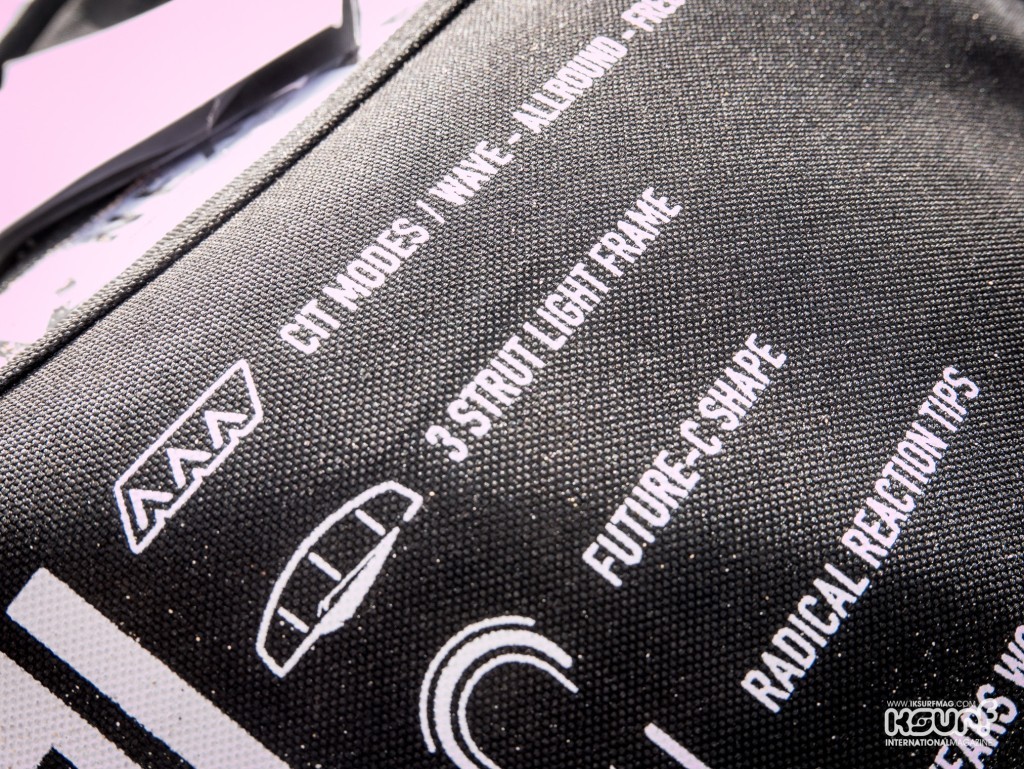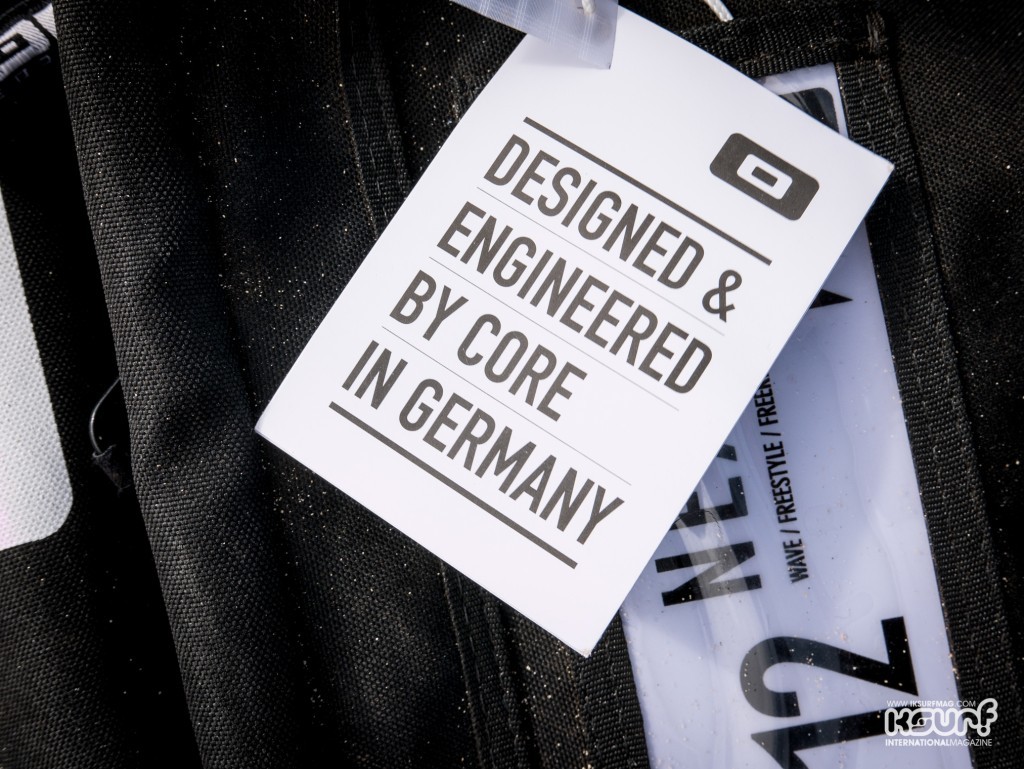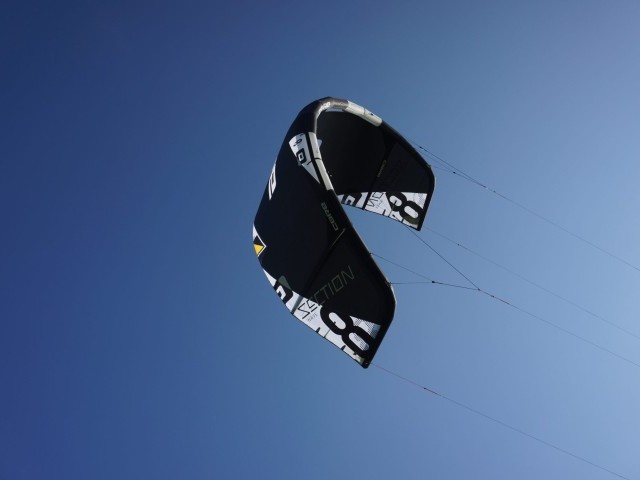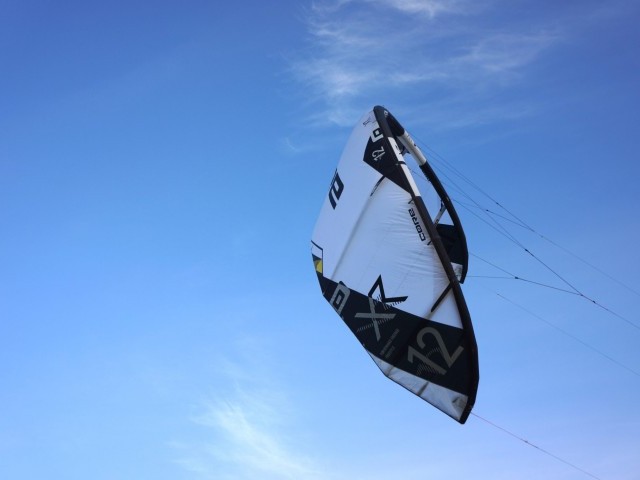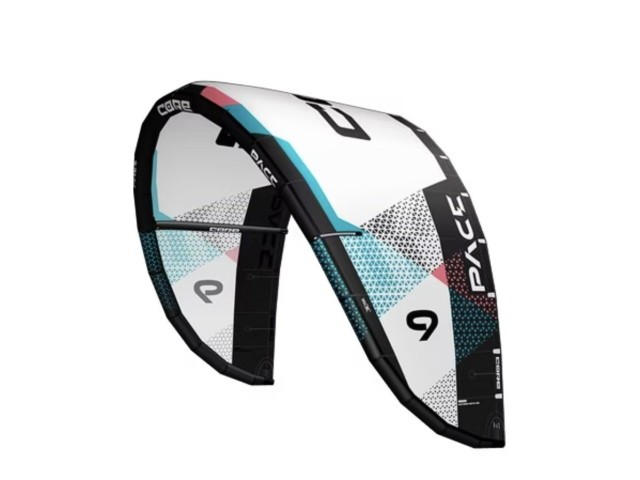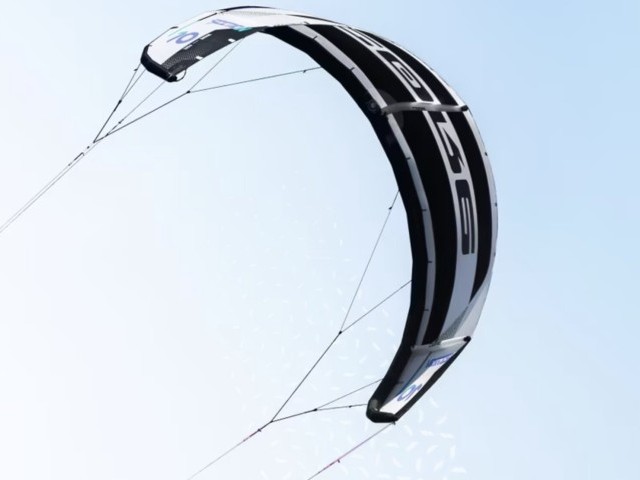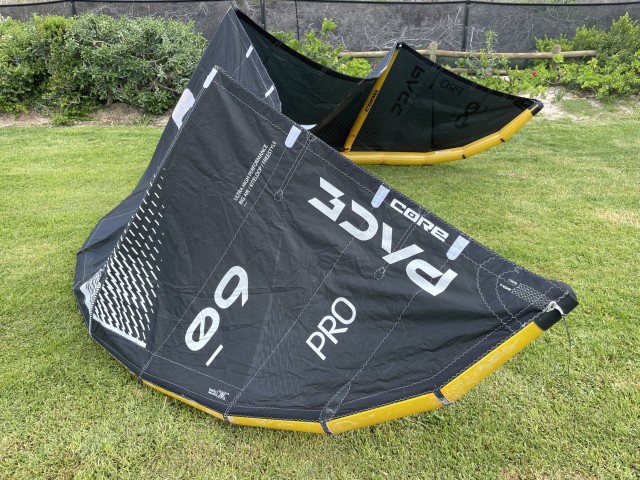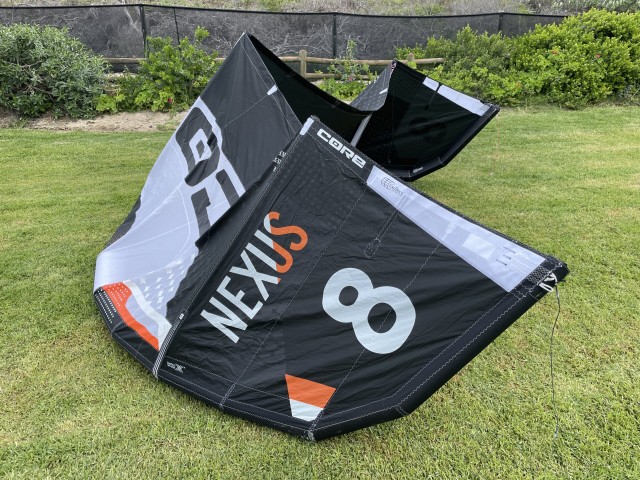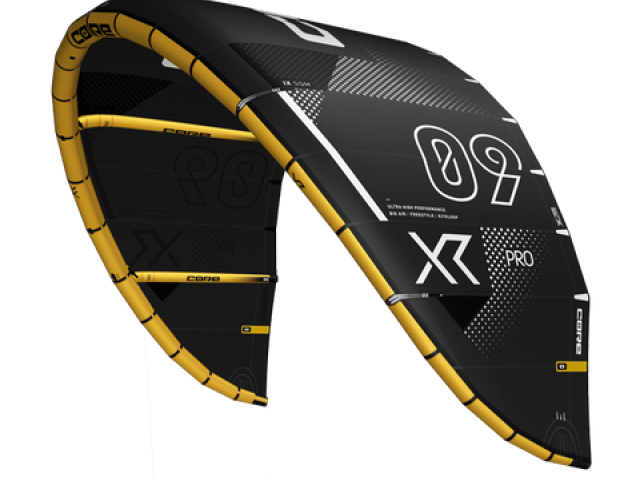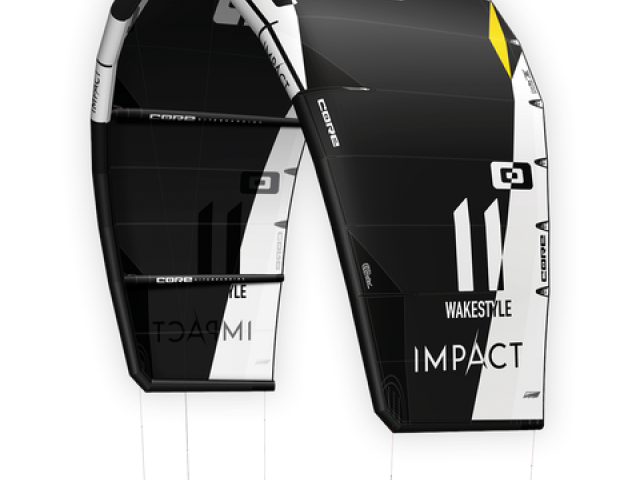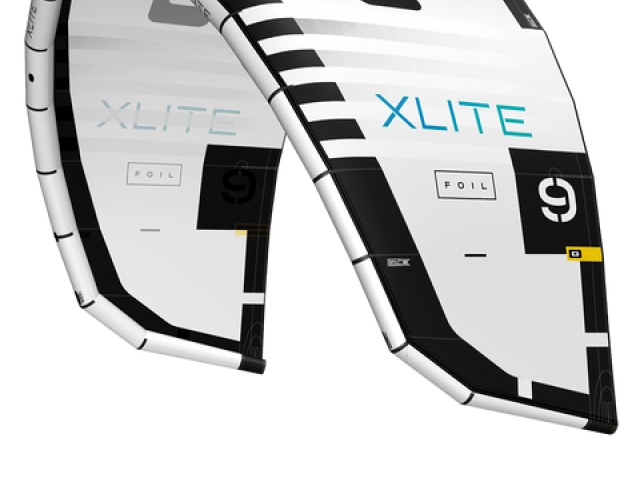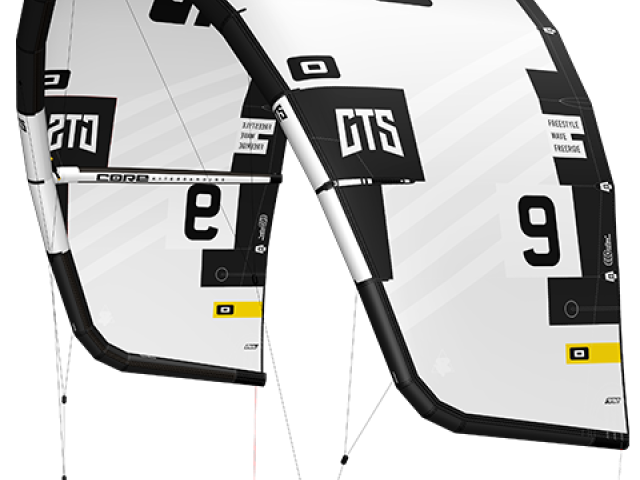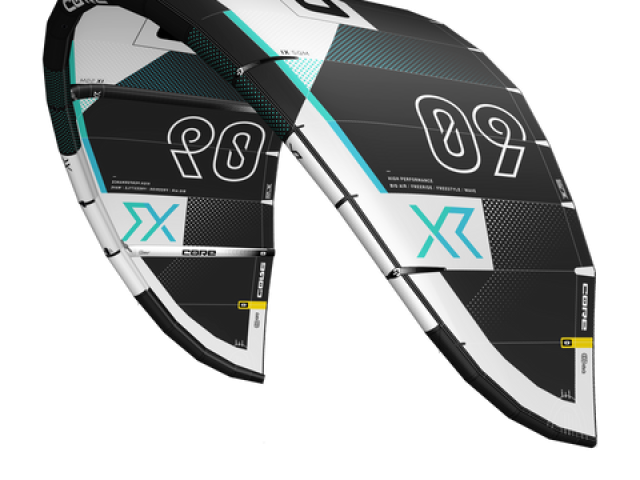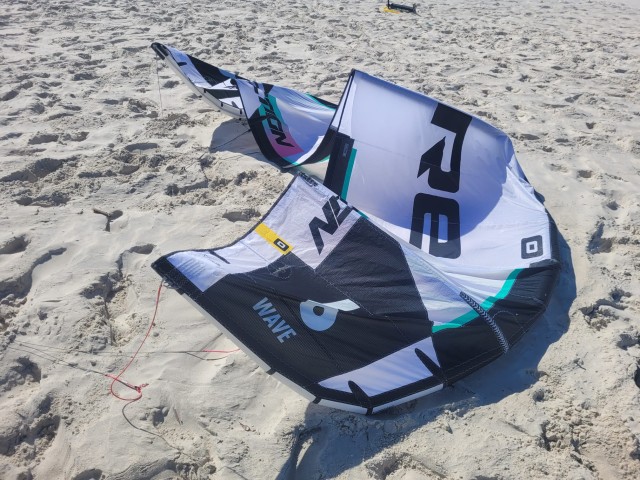At A Glance
It is with fanfare that Core released the all-new Nexus, a kite they have been working on for some time. The dealers and the press were gathered in Cape Verde for the launch with Steven Akkersdijk, Willow River Tonkin and chief tester and WoW expert Basti the kite was launched.
The key here is the names I have just mentioned. Steven Akkersdijk needs no introduction as the mega loop specialist known for his exploits at the King of the Air and Megaloop challenge in Holland. He’s an incredibly accomplished freerider and freestyler with more skills in his fingertips than I have in my whole body.
Willow River Tonkin is a young wave shredder from Mauritius, his plethora of front covers rarely doing him the justice he deserves as to how good he actually is! He’s got a unique style and is just as at home getting barrelled at One Eye as he is boosting strapless megaloops in Cape Town.
When you consider those two riders and their very different styles, it gives you a clue as to what the Nexus is for. It’s a fusion between the Section 2 wave kite and the GTS4 all-round performer. Think of this as a wave/freestyle/freeride kite in that order, although after riding it you could easily shake that statement up and it would still be true.
Core achieve this with a new bridle system and tuning setup. Dubbed CIT an acronym for Core Intelligent Trim System (Core love a good acronym!) This gives you wave, all-round and freestyle settings on the leading edge attachment points. There is nothing new here; it has been done before. However, this combines with an ultra-short bridle set up that is much smaller than previous Core bridles. Also, there are tuning options on the rear lines too, to increase backline tension and bar pressure.
The Nexus incorporates a Future C shape, taken from the GTS and combined with a moderate aspect ratio chord depth. Three struts are used, seemingly the go-to number for an all round kite these days! Lastly, the Radical Reaction Tips have been designed to optimise the profile of the leading edge between the front line bridle and the rear lines. This creates a tip that can generate dynamic turns in an instant.
In terms of construction, Core have set themselves up as a high-end manufacturer since the very beginning, and the Nexus is no different. CoreTex Triple Ripstop is used throughout the canopy; in addition to the triple weave, there are three different coating processes used on the fabric to ensure the canopy can stand the test of time.
You also get ExoTex ultra rigid Dacron with GrinTex reinforcement patches in all the right places. The Speed Valve 2 inflation system ensures a super fast set up and a quick pack down at the end of your session too. It’s certainly a very well put together kite that will handle any abuse you can throw at it.
Sizes: 4, 5, 6, 7, 8, 9, 10, 11, 12, 13.5m
Plus a 15m and 17m Light Wind version but this kite is quite different to the standard Nexus.
The Bar
There are a range of Sensor Bars available from Core; they are all compatible with the Nexus, so the choice you need to make will be based on price and features. Both the Sensor 2 and Sensor 2S bars feature a titanium core which is exceedingly light, an above the bar 4 to 1 depower system which makes trimming a breeze and the Rotor quick release.
Bucking the trend of the “push away” release system the Rotor is designed as a twist release. The thinking is that we use our hands for twisting lots of things (think jam jars), whereas the action of pushing away is quite an alien movement. In addition to this, the Rotor twist system is unhindered by water pressure.
Believe it or not when you are getting dragged by an out of control kite through the water it is sometimes impossible to push away the release thanks to the forces exerted on the system by the water being driven into it. I’ve witnessed this first hand, and it can be pretty scary. As the Rotor uses a twist motion the force of water hitting it at speed doesn’t make releasing harder.
However, it is essential to familiarise yourself with this safety system before you use it as it is different and you need to ensure the action to release is second nature. The Rotor works exceedingly well and is also relatively simple to re-engage too.
The new Sensor 2S bar adds some extra features over the Sensor 2. Namely ceramic untwist bearings, Tectanium S-Slide depower lines to reduce wear and the S-Neck connection between the lines and the chicken loop which is specially shaped to provide more symmetrical pulling forces on the lines from the chicken loop.
All of these features combine to make a superior bar to the standard Sensor 2. However, they do add costs, and it is good to have choices. We rode the kite with the Sensor 2S Pro, the bar for those that have to have everything! The Pro version features a carbon fibre bar with titanium reinforcements that weighs just 200g.
It also adds full Tectanium lines, which are thinner, and 50% stronger than the standard lines. Exclusively developed by Liros for Core they are 400% more resistant to stretching than standard Dyneema lines. Shipped with 18m lines with two extensions this set up allows you to choose between four different line lengths. 18m 20m 22 and 24m.
The Pro bar is the Rolls Royce in their set up; it is incredibly light and beautifully crafted. We love the coated depower lines of the 2S and 2S Pro options and the auto untwist feature which untwists any lines just by sheeting the bar in is fantastic. All the Core bars are well finished and put together, so whatever your price bracket you know you get something very polished and functional.
In The Air
Impressed is one word we would use to describe the Nexus, with a week to fly the kite in a variety of conditions, from super windy to barely enough to keep upwind, waves, chop, flat water and everything in between we certainly put the kite through its paces.
We also extensively tested all the different settings and it looks like Core have hit the nail on the head. One aspect they wanted this kite to have was ease of use. And in the AllRound setting on the CIT bridle attachment point, this kite is undoubtedly that.
It reignited a real love of freeriding for me too, I’m not usually a fan of twin tips, but the Nexus made everything so easy that moves not done for years due to relentless foil and strapless action came back to me as if I was only doing them yesterday. In the freeride mode the kite flies impeccably well, it has a relatively positive bar pressure, not too much but enough to give you good feedback on the kite position at all times.
It’s ridiculously easy to fly, and Core are hoping that with this tuning option riders will be able to finish lessons with a kite school and jump on the Nexus and have fun. We’d be inclined to agree, the kite is responsive and quick, but not overly so. You’d certainly be able to progress with ease with this kite.
When you start to throw it around the window, the performance becomes apparent. Jumps are great fun, and the hangtime is pretty good too. Chris Bull broke the WOO record for Kitebeach in Cape Verde with the new Nexus. For freeriding, this kite has certainly ticked all the boxes, and it flies upwind as well. On more than one occasion, Chris and I embarked on upwinders to the spot where the rest of the guys had gone in a truck for a downwinder. It’s a fantastic kite for cruising around on.
“Incredibly easy to use offering big jumps and exciting handling.”
The Wave mode is the next trick up the Nexus’s sleeve, and this is a more interesting one. In the wave mode, the kite sits a little further forward in the window. It drifts incredibly well and offers huge depower and light handling. However, it does become a kite that you need to fly to get the most out of it. Good kite skills are rewarded with impressive performance, but poor kite skills will see the kite back stall at times.
In the AllRound mode this wasn’t the case in the waves, and depending on your skill level and style of riding will depend on where you set it up. Personally, I enjoyed the extra drift and float the kite had in the air in the Wave setting, even though you do need to be on top of it in terms of your kite handling abilities.
Once I was dialled into how the kite flew, and it is quite different, I found it to be great wave kite with a fast and dynamic turn that was easy to initiate. It was happy to sit and drift as well as turn and burn, so it is more than capable of handling onshore and offshore conditions and everything in the middle too.
Put the CIT into the Freestyle mode, and the kite will fly a little further back in the window, this allows it to shoot forwards as you pop and release. Enabling a reasonable amount of slack for freestyle tricks. It also changes the dynamics of how the kite loops.
From a pivotal weak loop in the Wave mode, the Nexus offers a more radial turn with a reasonably powerful pull through the loop. It’s not extreme, but for riders looking to tune their kite up for big air days, it will more than excite.
For
If you want a kite that can handle a wide range of conditions with good depower, easy control and excellent flying characteristics, then the Nexus is a sound choice.
Against
If you only ride waves or just ride freestyle, then this kite probably isn’t for you. The Impact2 and Section2 offer performance gains in these disciplines and would be a better choice. Regarding negatives for this kite, as an all-rounder we can’t find fault, it’s going to put a lot of smiles on a lot of faces.
Overall
It’s often easy to be a jack-of-all-trades and a master of none. These days kiters are doing more with their gear than ever before. The days of the specialist kite for one discipline are perhaps numbered unless money is no object. Most kiters want a kite they can ride waves on when the conditions allow, but will also enable them to boost to the moon when those storms blow through.
The Nexus fits that bill incredibly well while offering ease of use, great relaunch and exciting handling. It is going to suit a wide range of riders, from those looking for an easy freeride kite to progress on, to the big air junkies and wave riders alike. If you pigeon hole yourself into one particular style of riding, then perhaps the outright performance of one of Core’s discipline-specific kites would suit. However, if a particular style does not define your kiteboarding and more depends on the conditions of the day, then the Nexus makes for a compelling choice.
Videos
This review was in Issue 69 of IKSURFMAG.
For more information visit CORE KiteboardingRelated
By Rou Chater
Rou has been kiting since the sports inception and has been working as an editor and tester for magazines since 2004. He started IKSURFMAG with his brother in 2006 and has tested hundreds of different kites and travelled all over the world to kitesurf. He's a walking encyclopedia of all things kite and is just as passionate about the sport today as he was when he first started!


